Home>Gardening & Outdoor>Plant Care & Gardening Tips>What Kind Of Flower Bulbs Were Once Exchanged As A Form Of Currency
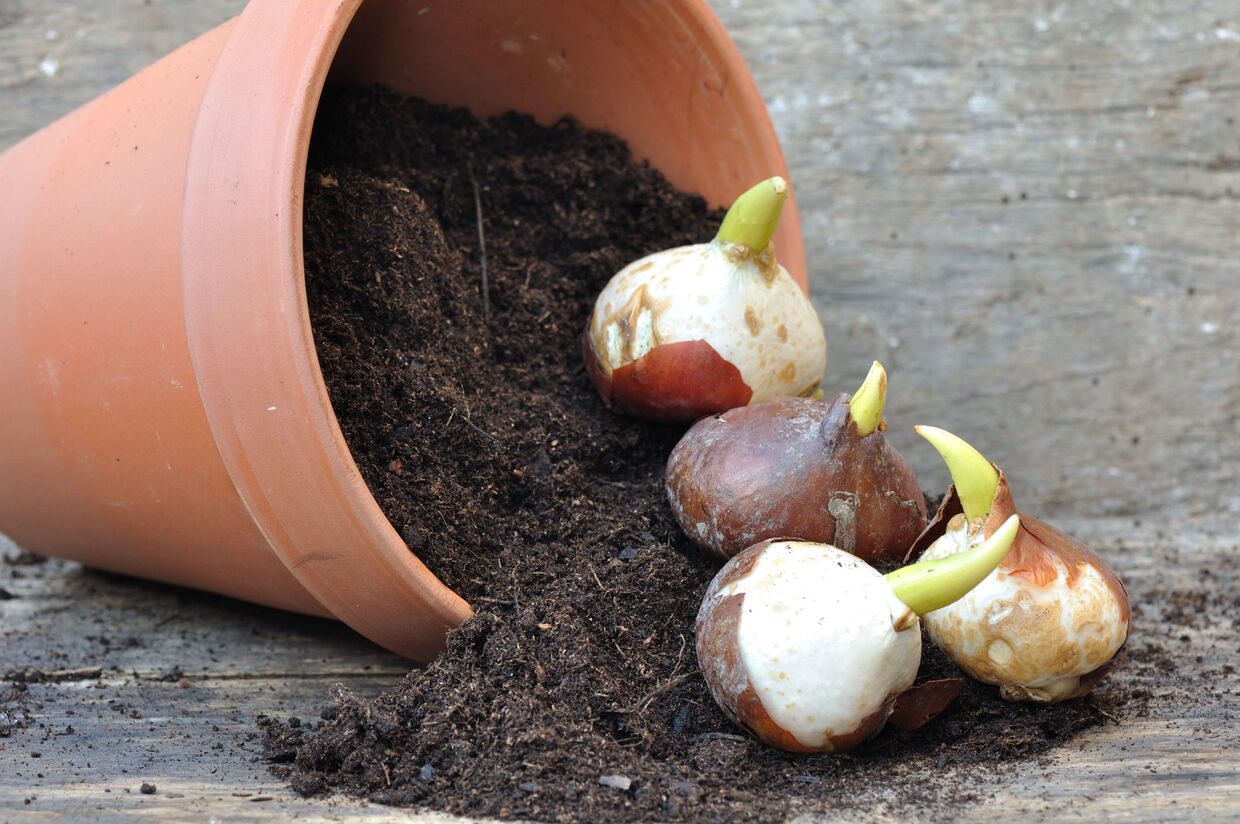

Plant Care & Gardening Tips
What Kind Of Flower Bulbs Were Once Exchanged As A Form Of Currency
Modified: September 2, 2024
Discover the fascinating history of flower bulbs used as currency and get expert plant care and gardening tips. Explore the world of plant care and gardening with valuable insights.
(Many of the links in this article redirect to a specific reviewed product. Your purchase of these products through affiliate links helps to generate commission for Storables.com, at no extra cost. Learn more)
**
Introduction
**
Welcome to the fascinating world of flower bulbs, where nature's beauty intertwines with human history. Throughout the centuries, flower bulbs have not only graced gardens with their vibrant colors and enchanting fragrances but have also played unexpected roles in the realm of economics and trade. In this article, we will delve into the captivating history of flower bulbs as a form of currency, exploring the renowned Tulip Mania and other intriguing instances where these delicate blooms held significant value beyond their aesthetic appeal.
The allure of flower bulbs as a form of currency is a testament to the profound impact of botanical treasures on human societies. From ancient civilizations to modern-day horticultural enthusiasts, the exchange of flower bulbs has transcended mere transactions, embodying cultural significance and symbolizing prosperity. Join us on a journey through time as we uncover the captivating narratives behind the use of flower bulbs as a medium of exchange, shedding light on their enduring allure and the enduring legacy of their economic influence.
**
Key Takeaways:
- Flower bulbs, like tulips, were once used as currency in the 17th century, showing their value beyond beauty. This historical use reflects the enduring allure and cultural significance of these delicate blooms.
- Today, flower bulbs continue to enrich gardens and contribute to ecological restoration efforts, showcasing their ornamental, environmental, and cultural significance in modern times.
Read more: What Kind Of Flowers Are Mums
History of Flower Bulb Currency
**
The history of flower bulbs as a form of currency traces back to the 17th century in the Netherlands, a period renowned for the tulip mania, a speculative frenzy that gripped the nation. During this extraordinary era, tulip bulbs, particularly those of the coveted Semper Augustus and Viceroy varieties, attained unprecedented value, with prices soaring to exorbitant levels. The allure of these exquisite blooms transcended traditional market dynamics, captivating the imagination of traders and enthusiasts alike.
As the tulip trade flourished, bulbs became a symbol of wealth and prosperity, prompting a speculative bubble that eventually led to a dramatic market crash. The tulip mania serves as a poignant reminder of the profound impact that flower bulbs can exert on economic landscapes, as well as the intricate interplay between human emotions and market dynamics.
Beyond the tulip mania, various cultures across the globe have recognized the intrinsic value of flower bulbs, utilizing them as a medium of exchange and a symbol of prosperity. From the ancient civilizations of the Mediterranean, where saffron crocus bulbs were prized for their culinary and medicinal properties, to the vibrant markets of Asia, where rare and exotic blooms commanded significant value, the history of flower bulb currency is a testament to the enduring allure of botanical treasures.
Throughout history, the exchange of flower bulbs has transcended mere commerce, embodying cultural significance and symbolizing abundance. As we unravel the captivating narratives of flower bulb currency, we gain a deeper appreciation for the profound impact of these delicate blooms on human societies, both past and present.
**
Tulip Mania
**
The phenomenon known as tulip mania encapsulates a remarkable chapter in economic history, showcasing the extraordinary allure and speculative fervor surrounding tulip bulbs in 17th-century Netherlands. During this tumultuous period, tulip bulbs, particularly those exhibiting unique and mesmerizing color patterns, captured the imagination of traders and enthusiasts, leading to a speculative frenzy that defied conventional market dynamics.
As demand for these coveted blooms surged, prices skyrocketed, reaching unprecedented levels and sparking a speculative bubble that permeated Dutch society. The allure of tulip bulbs extended beyond their aesthetic appeal, with bulbs symbolizing prestige, luxury, and opulence. The fervent trading of tulip bulbs, often conducted in taverns and public spaces, reflected the exuberance and extravagance of the era, as individuals sought to partake in the burgeoning market for these botanical treasures.
However, the speculative fervor surrounding tulip bulbs eventually culminated in a dramatic market crash, leading to financial turmoil and widespread repercussions. The tulip mania serves as a cautionary tale, underscoring the intricate interplay between human emotions, market dynamics, and the ephemeral nature of speculative bubbles. Despite the eventual collapse of the tulip market, the legacy of tulip mania endures as a testament to the profound impact of botanical treasures on economic landscapes and the enduring allure of these delicate blooms.
While tulip mania represents an extraordinary episode in economic history, it also highlights the enduring fascination with tulip bulbs and their enduring legacy as symbols of beauty and prosperity. The captivating narratives of tulip mania continue to captivate the imagination, offering valuable insights into the intersection of commerce, culture, and human behavior.
**
Tulip bulbs were once exchanged as a form of currency in the 17th century in the Netherlands during a period known as “Tulip Mania.”
Other Flower Bulbs Used as Currency
**
While the tulip mania in 17th-century Netherlands stands as the most renowned example of flower bulbs being used as a form of currency, the allure of botanical treasures transcends this singular event. Across diverse cultures and historical periods, various flower bulbs have held significant value, serving as a medium of exchange and symbolizing prosperity.
In ancient civilizations, such as those of the Mediterranean, saffron crocus bulbs were highly prized not only for their vibrant blooms but also for their culinary and medicinal properties. The exchange of saffron crocus bulbs represented not only a form of currency but also a celebration of the plant’s multifaceted contributions to society, from enhancing culinary creations to offering medicinal benefits.
Furthermore, the vibrant markets of Asia have witnessed the exchange of rare and exotic flower bulbs, with certain varieties commanding considerable value. In regions such as China and Japan, the cultivation and trade of prized flower bulbs have been deeply intertwined with cultural traditions, symbolizing abundance, beauty, and auspiciousness.
Throughout history, the exchange of flower bulbs has transcended mere commerce, embodying cultural significance and symbolizing abundance. The enduring allure of botanical treasures, from the vibrant hues of tulip bulbs to the delicate saffron crocus, underscores the profound impact of these blooms on human societies, both past and present.
While the tulip mania remains a defining chapter in the history of flower bulb currency, it is essential to recognize the diverse array of botanical treasures that have held significant value across different cultures and epochs. The exchange of flower bulbs as a form of currency reflects the enduring allure of these delicate blooms and their enduring legacy as symbols of beauty, prosperity, and cultural significance.
**
Modern Uses of Flower Bulbs
**
While the historical narratives of flower bulbs as a form of currency offer compelling insights into the enduring allure of botanical treasures, the modern era has witnessed a diverse array of uses for these delicate blooms. From ornamental horticulture to ecological restoration, flower bulbs continue to captivate and inspire, enriching landscapes and fostering a deep appreciation for the beauty of nature.
In contemporary horticulture, flower bulbs play a pivotal role in adorning gardens, parks, and public spaces with their vibrant colors and enchanting fragrances. Whether planted in meticulously designed landscapes or showcased in naturalistic settings, flower bulbs contribute to the visual tapestry of outdoor environments, ushering in the arrival of spring with their resplendent blooms.
Beyond their ornamental value, flower bulbs are also instrumental in ecological restoration efforts, contributing to the preservation of native flora and the enhancement of biodiversity. Through carefully orchestrated planting initiatives, conservation organizations and environmental enthusiasts utilize flower bulbs to reinvigorate natural habitats, reintroducing indigenous species and fostering thriving ecosystems.
Moreover, the cultivation and trade of flower bulbs continue to thrive in the modern era, with horticultural enthusiasts and collectors seeking rare and exotic varieties to enrich their botanical collections. The exchange of prized flower bulbs, facilitated by specialized nurseries and horticultural societies, reflects the enduring allure of these delicate blooms and the enduring legacy of their cultural and horticultural significance.
As the appreciation for sustainable and environmentally conscious practices grows, flower bulbs have also emerged as symbols of eco-friendly gardening and responsible land stewardship. Their role in promoting pollinator-friendly landscapes and sustainable gardening practices underscores the multifaceted contributions of flower bulbs to ecological harmony and environmental well-being.
Ultimately, the modern uses of flower bulbs encompass a rich tapestry of horticultural, ecological, and cultural significance, reflecting the enduring allure and profound impact of these botanical treasures in contemporary landscapes and societal consciousness.
Frequently Asked Questions about What Kind Of Flower Bulbs Were Once Exchanged As A Form Of Currency
Was this page helpful?
At Storables.com, we guarantee accurate and reliable information. Our content, validated by Expert Board Contributors, is crafted following stringent Editorial Policies. We're committed to providing you with well-researched, expert-backed insights for all your informational needs.
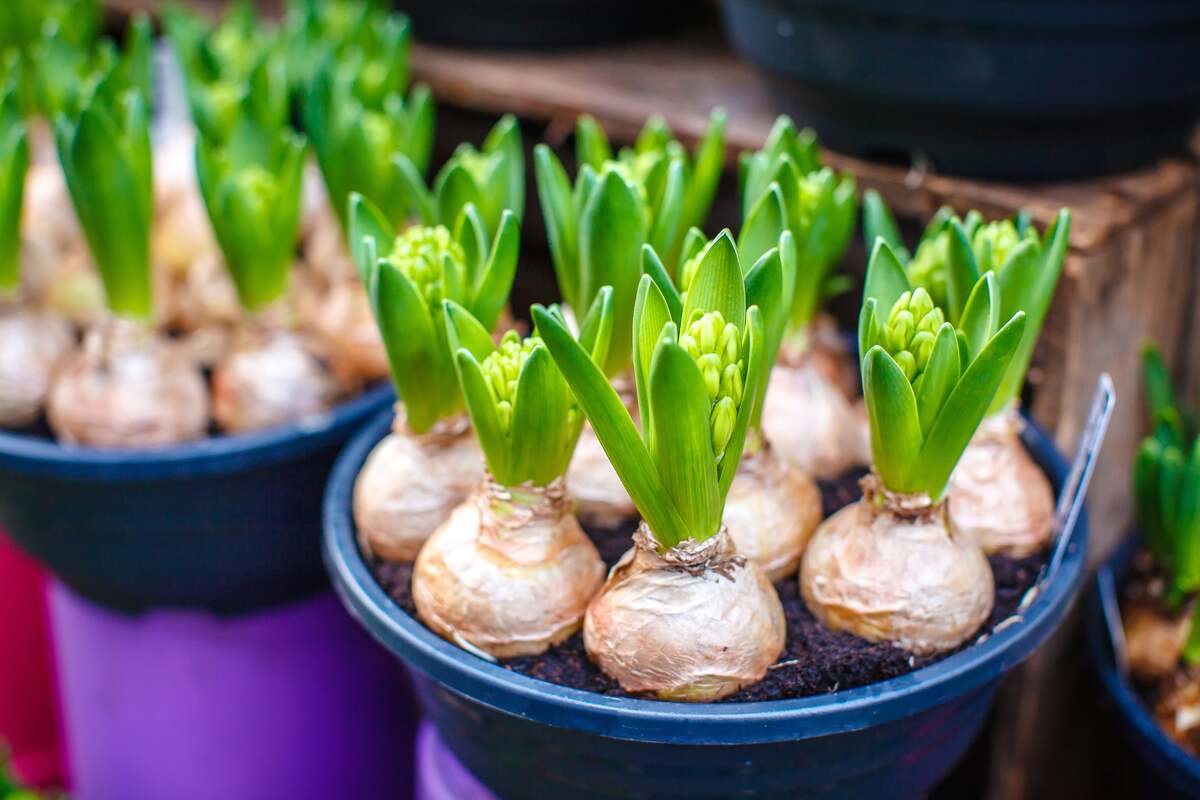
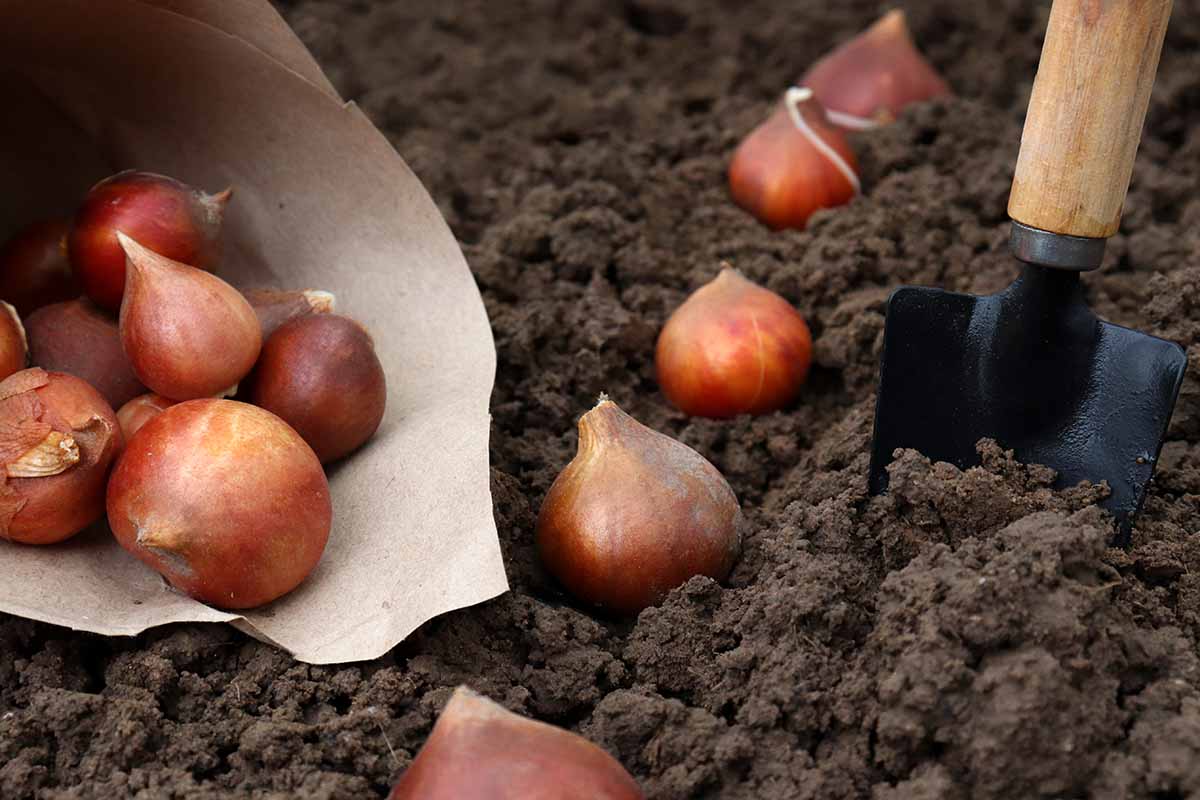
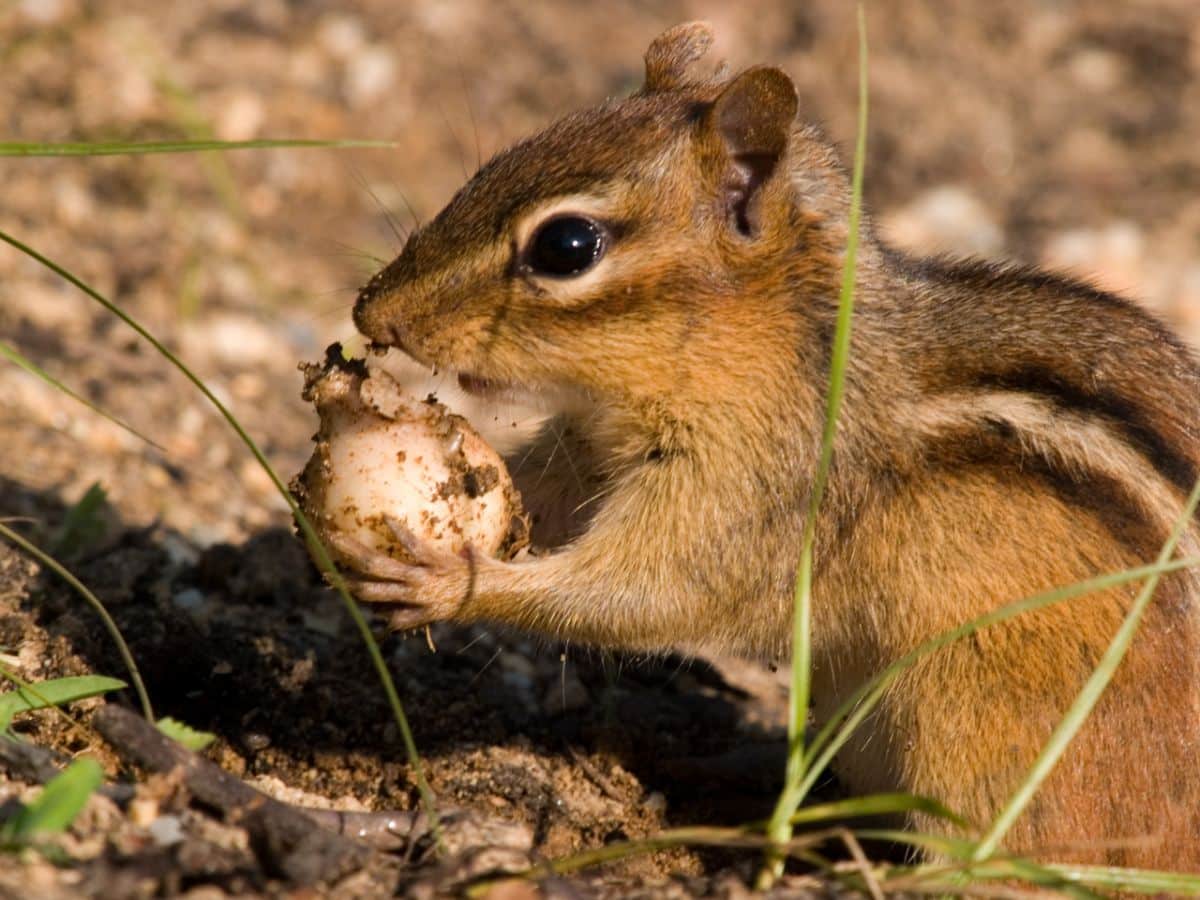

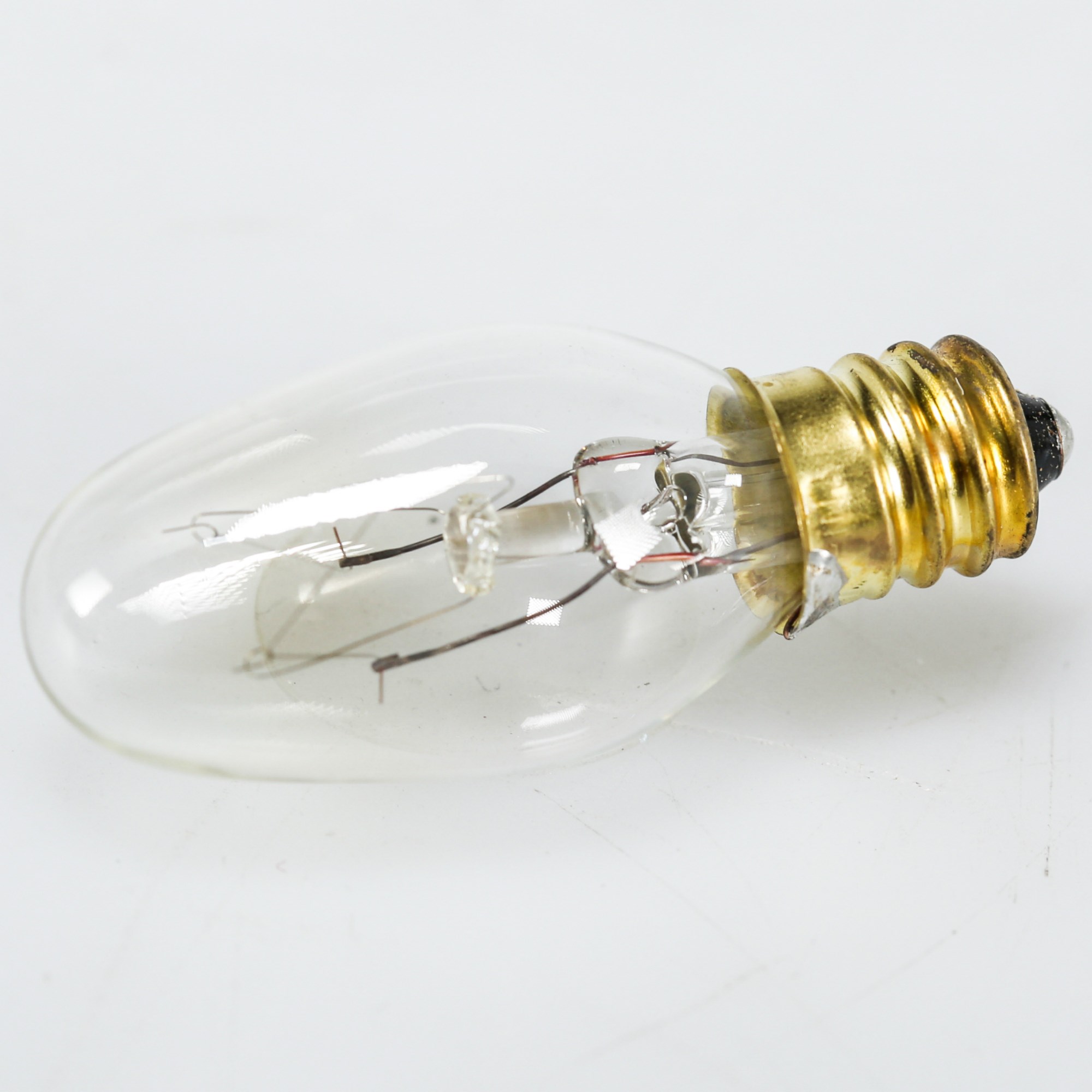
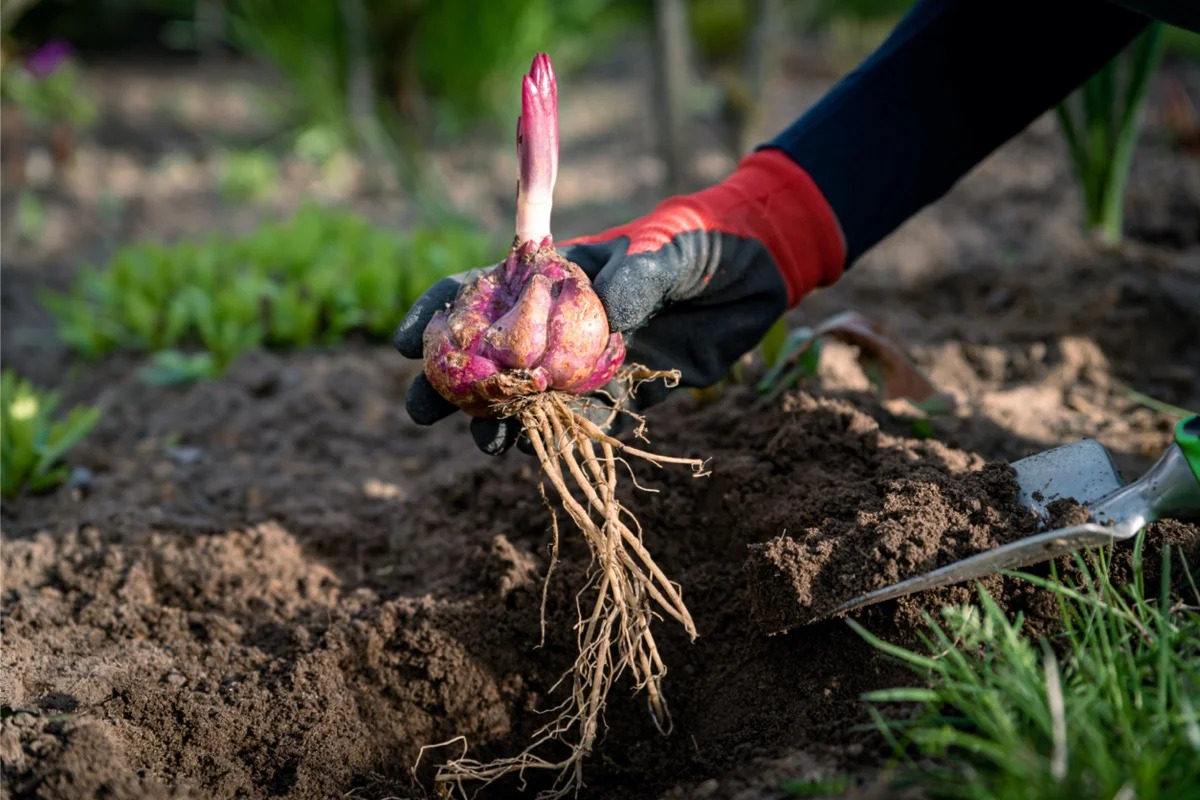

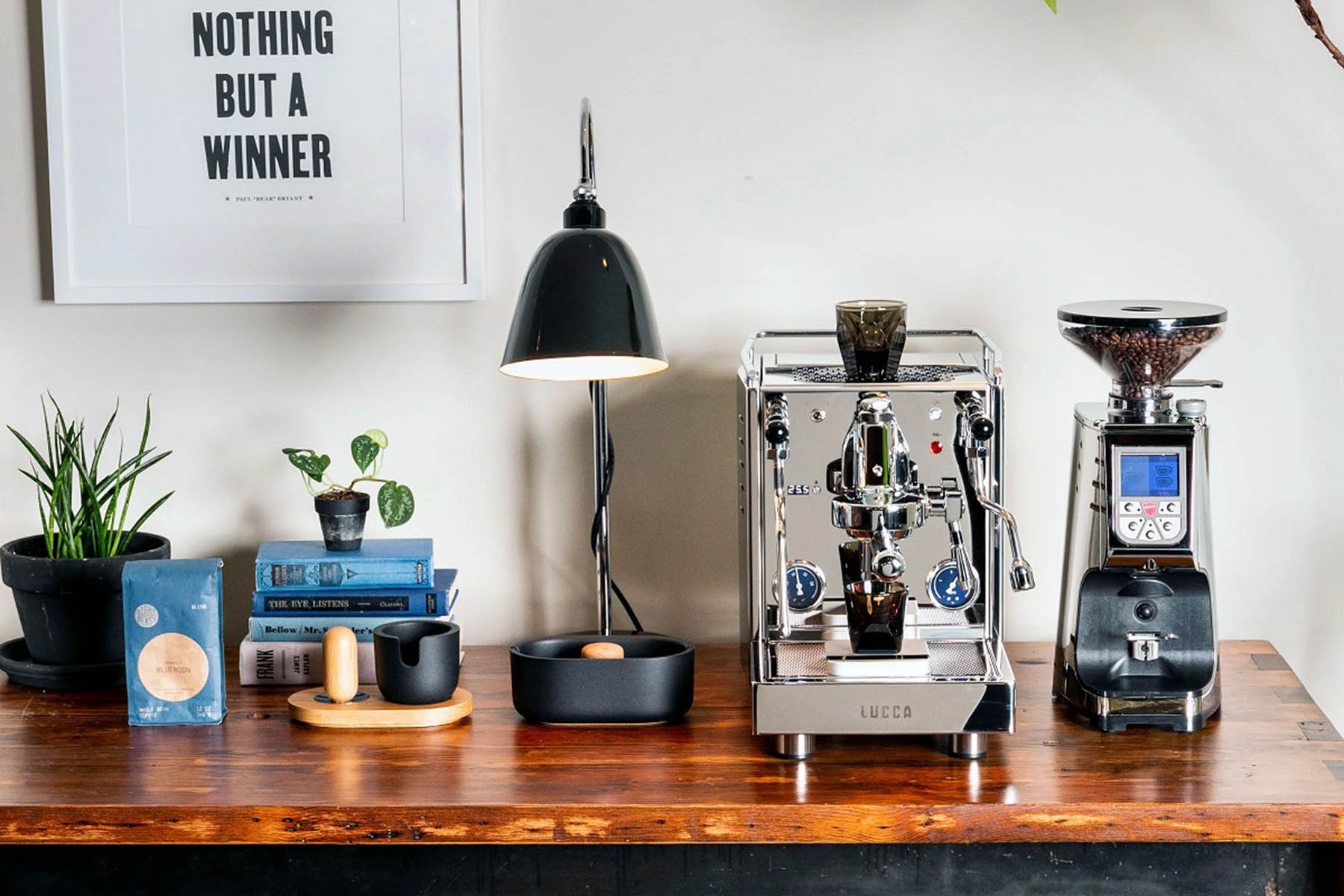
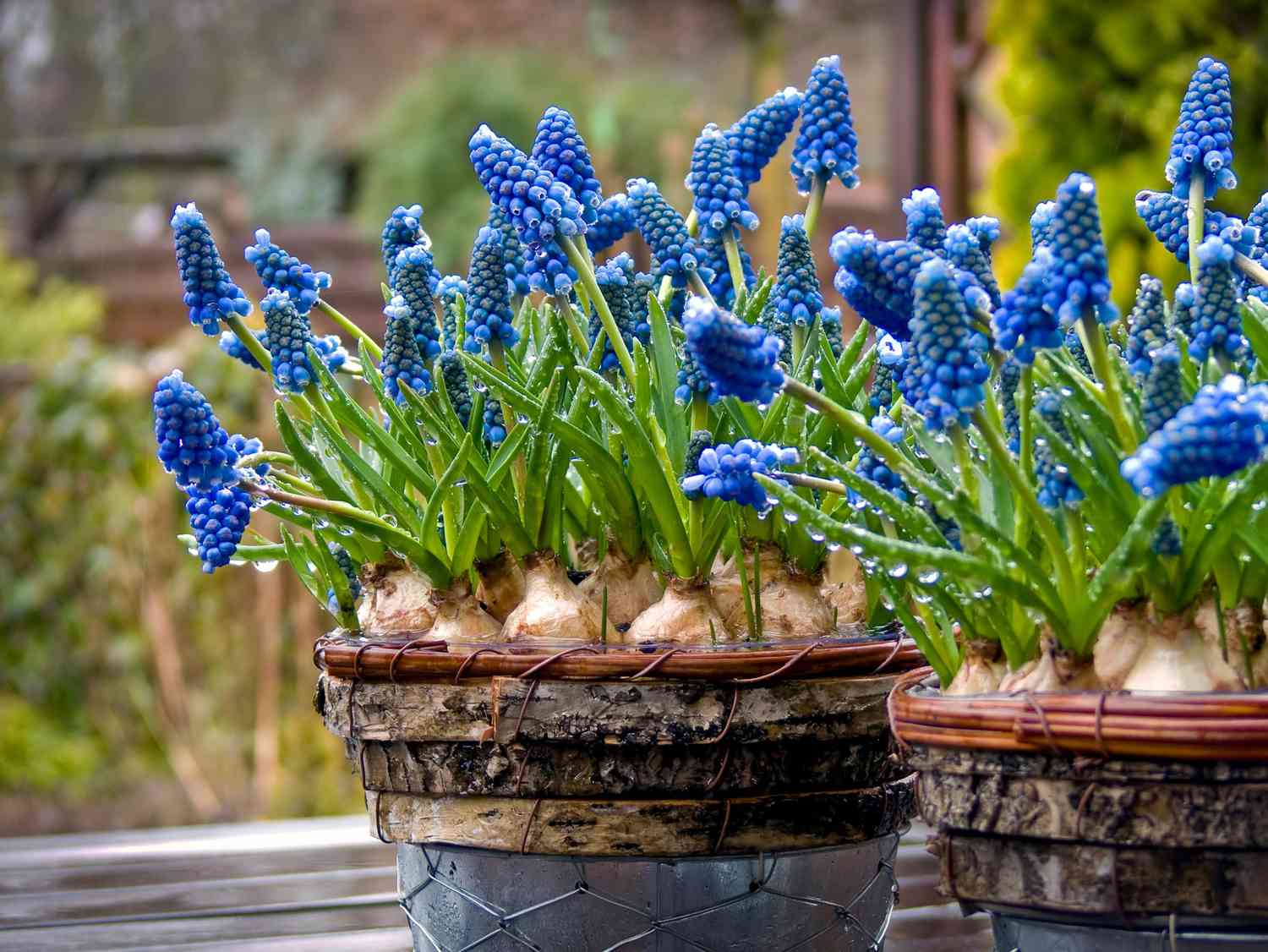
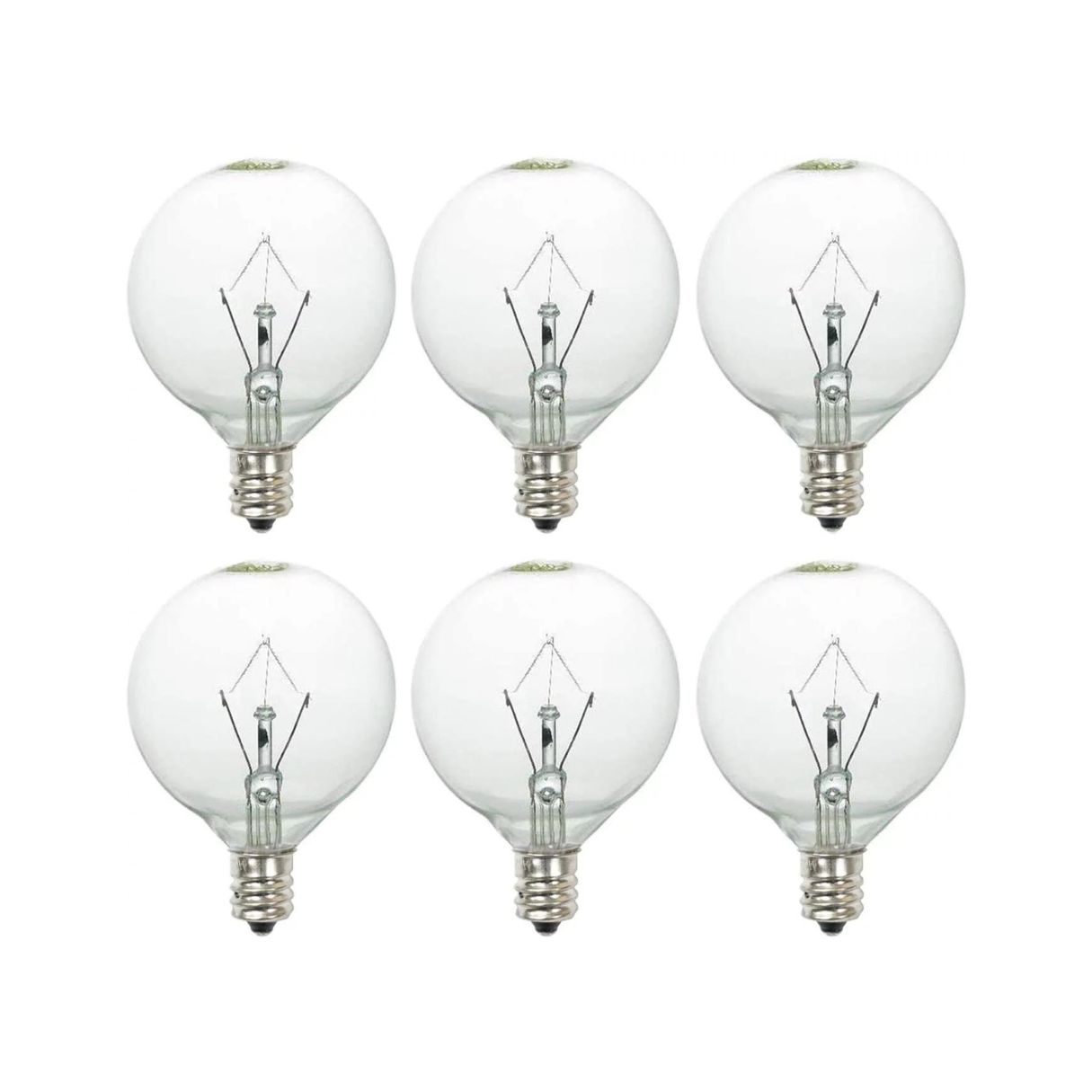
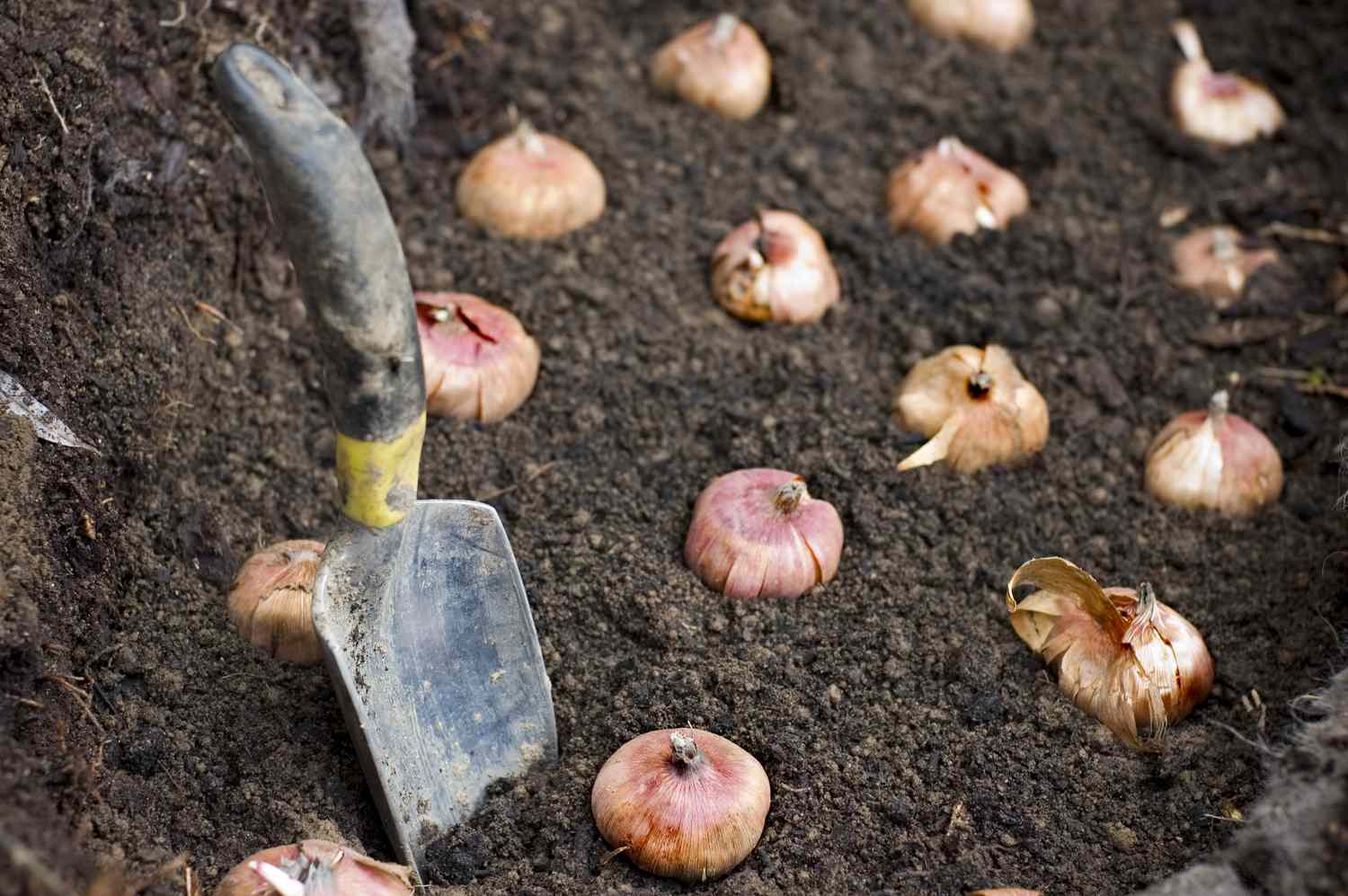
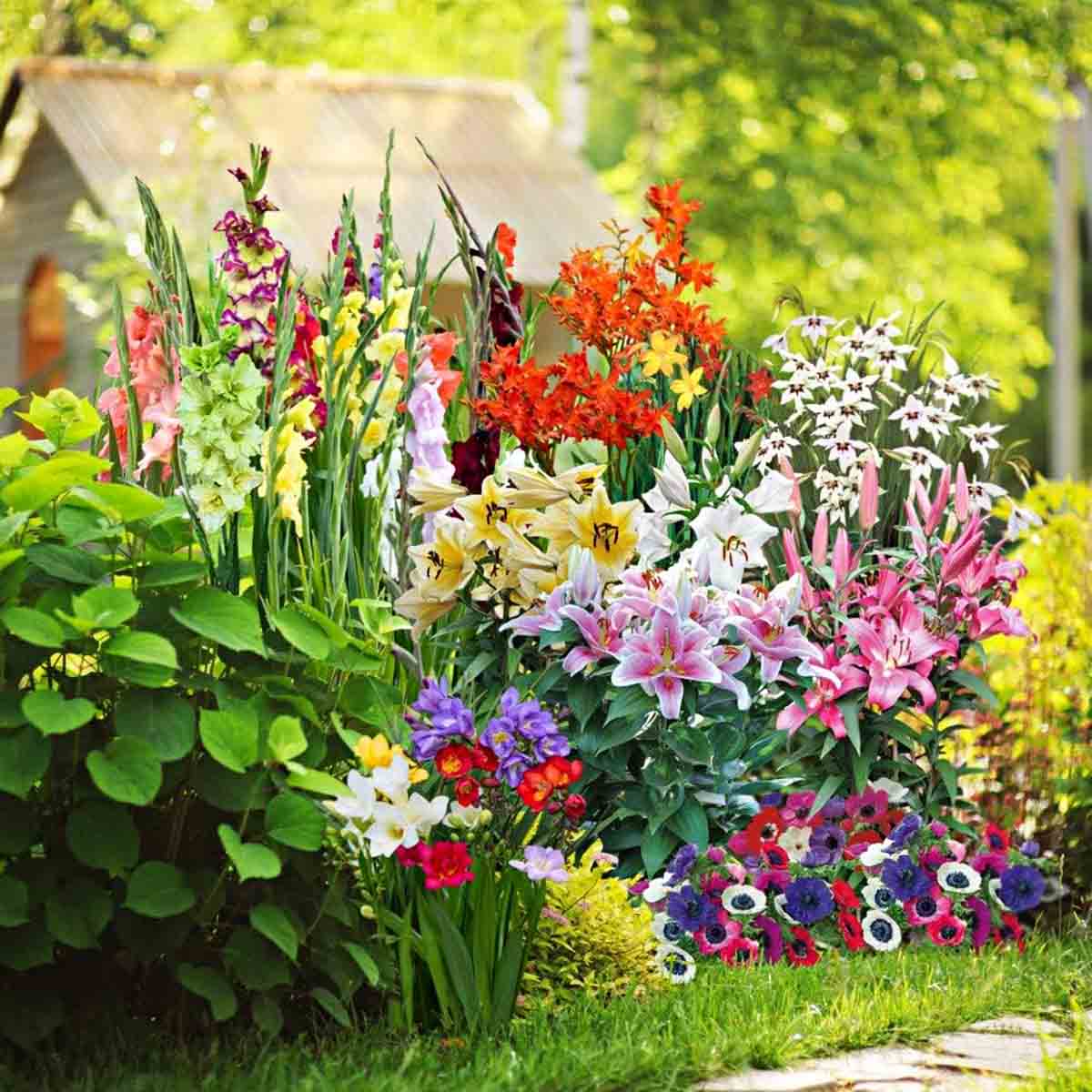

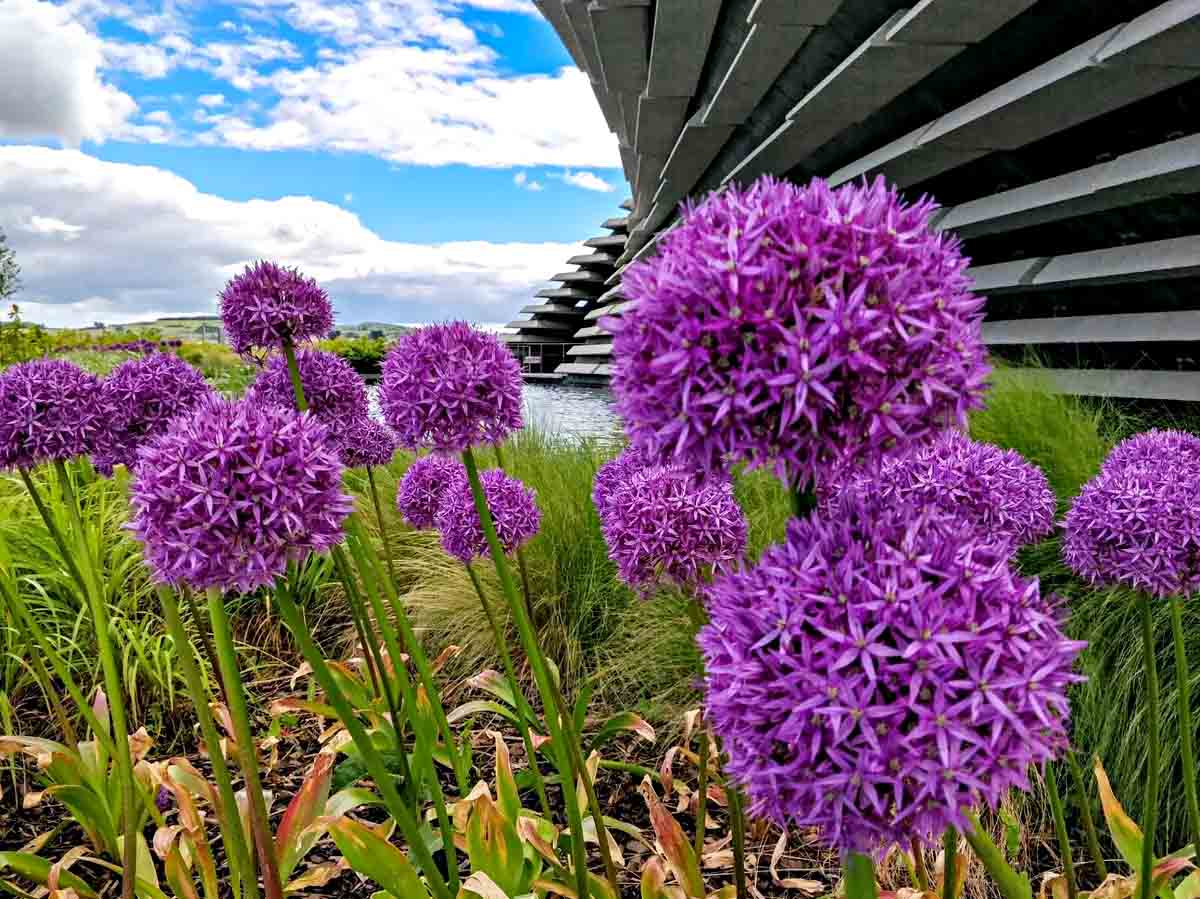
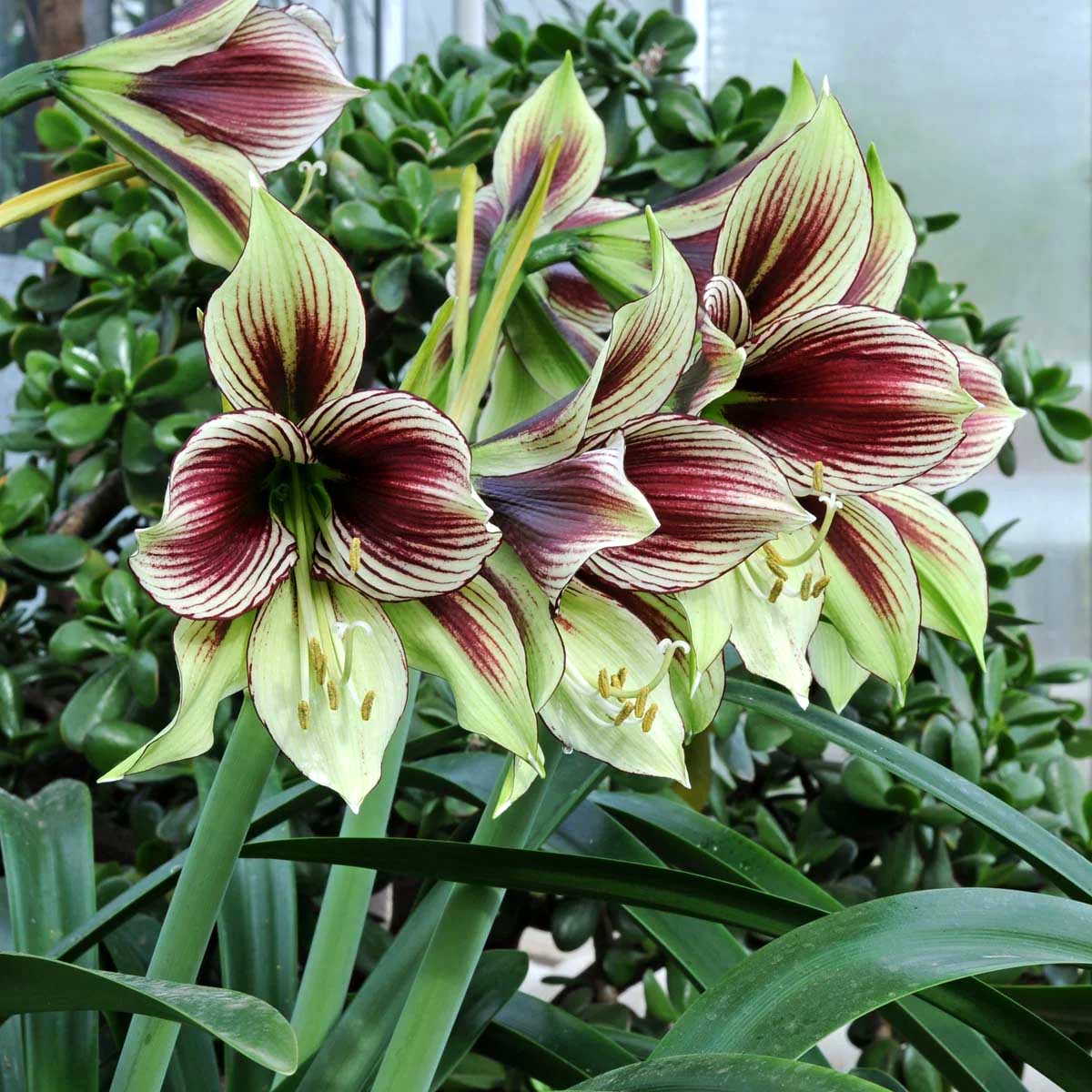

0 thoughts on “What Kind Of Flower Bulbs Were Once Exchanged As A Form Of Currency”